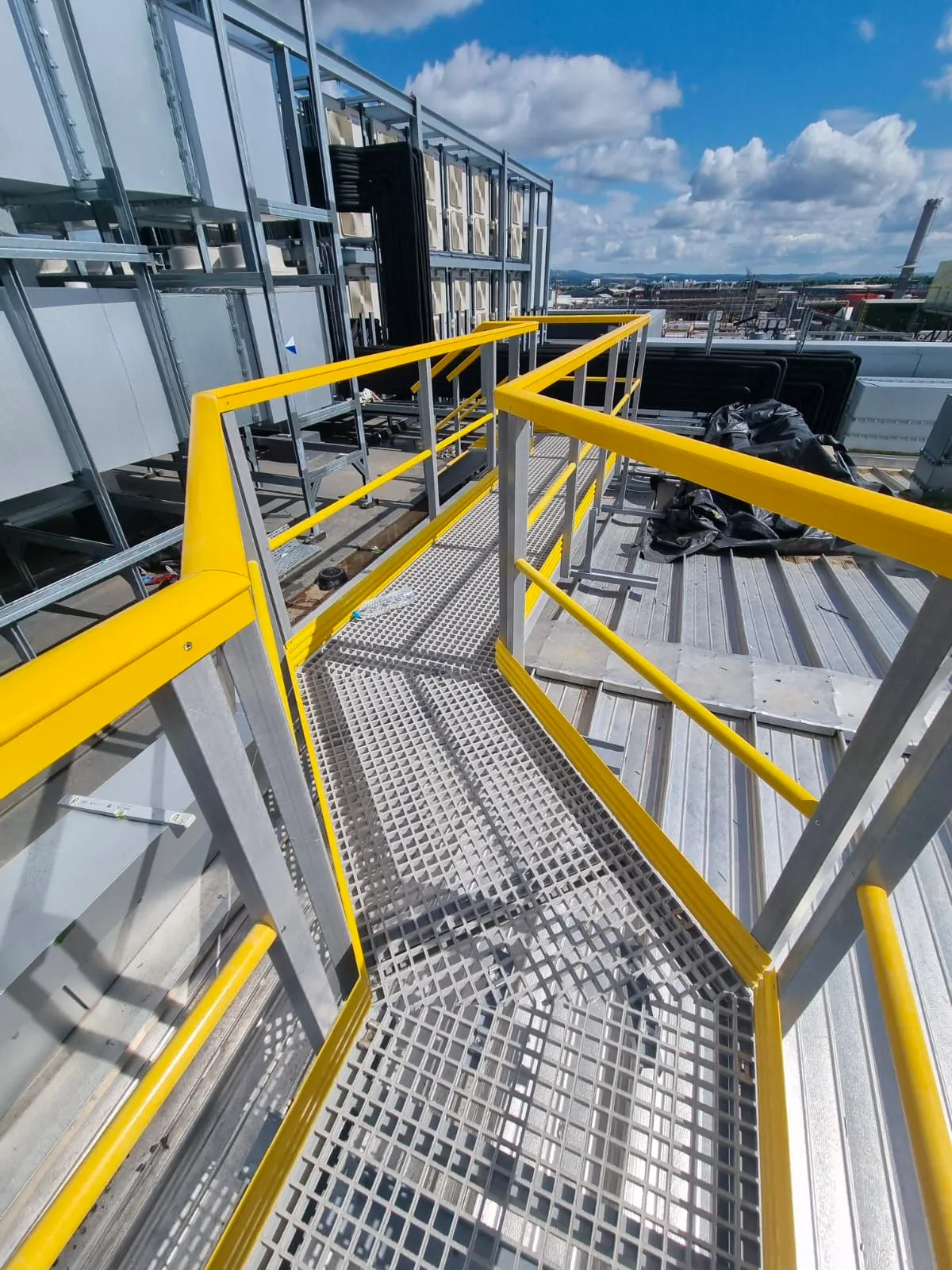loading...
- No. 9, Xingyuan South Street, Dongwaihuan Road, Zaoqiang County, Hengshui, Hebei, China
- admin@zjcomposites.com
- +86 15097380338
- Welcome to visit our website!
Affordable Options for Floor Grating Pricing and Selection Guide
The Price of Floor Grating What You Need to Know
In the realm of construction and industrial flooring, floor grating serves a dual purpose of functionality and safety. Whether utilized in commercial, industrial, or residential spaces, floor grating provides essential support while promoting drainage and ventilation. However, potential buyers often find themselves overwhelmed by the variety of materials, designs, and – most importantly – prices. Understanding these factors can help businesses and homeowners alike make informed decisions when purchasing floor grating.
Types of Floor Grating and Their Prices
Floor gratings come in various materials, each with its unique characteristics and price points
. The most commonly used types include steel, fiberglass, aluminum, and plastic.1. Steel Grating Steel grating is highly durable and offers significant strength, making it a popular choice for industrial settings. Prices for steel grating typically range from $25 to $100 per square foot, depending on the thickness and type of steel used. Galvanized steel grating, which is treated to prevent rust, tends to be on the higher end of the price spectrum due to the added protective process.
2. Fiberglass Grating Fiberglass reinforced plastic (FRP) grating is lightweight, corrosion-resistant, and more versatile in terms of applications, particularly in environments with moisture or chemicals. The price of fiberglass grating can vary from $40 to $150 per square foot, largely influenced by the load-bearing capacity and surface finish required for specific applications.
3. Aluminum Grating Aluminum grating combines durability with a lightweight design, making it suitable for both industrial and commercial spaces. The cost for aluminum grating generally falls between $30 and $120 per square foot. Its resistance to corrosion and the aesthetic appeal of its finish can justify the investment for many businesses.
floor grating price

4. Plastic Grating Plastic grating, often made from PVC or other synthetic materials, is usually the most cost-effective option. Prices can range from $10 to $50 per square foot. While it may not withstand heavy loads like steel or aluminum, it serves well in residential applications or light commercial settings.
Factors Influencing Grating Prices
Several factors can influence the price of floor grating beyond the type of material used.
- Thickness and Load-Bearing Capacity Thicker gratings with higher load capacities generally command higher prices due to the increased material usage and engineering involved. - Custom Designs Custom-cut or uniquely designed gratings often come at a premium due to the additional manufacturing processes required. - Surface Treatment Special coatings and treatments (like anti-slip surfaces) can also add to the price, as they improve safety and longevity. - Supplier and Location Prices can differ significantly based on the supplier and geographic region, including factors like shipping and handling fees.
Making an Informed Decision
When considering floor grating, it is essential to assess not only the initial purchase price but also the long-term value. Choosing a higher-quality material may result in lower maintenance costs and longer service life. Additionally, it is advisable to obtain quotes from multiple suppliers to ensure competitive pricing.
In conclusion, the price of floor grating varies widely based on material, thickness, and specific needs. By understanding the different options available and the factors that influence pricing, customers can make educated choices that best fit their requirements and budget. Whether upgrading a factory floor, enhancing safety in a commercial setting, or redesigning a home space, investing in the appropriate floor grating is essential for achieving both safety and functionality.
-
The Rise of FRP Profiles: Strong, Lightweight, and Built to LastNewsJul.14,2025
-
SMC Panel Tanks: A Modern Water Storage Solution for All EnvironmentsNewsJul.14,2025
-
GRP Grating: A Modern Solution for Safe and Durable Access SystemsNewsJul.14,2025
-
Galvanized Steel Water Tanks: Durable, Reliable, and Ready for UseNewsJul.14,2025
-
FRP Mini Mesh Grating: The Safer, Smarter Flooring SolutionNewsJul.14,2025
-
Exploring FRP Vessels: Durable Solutions for Modern Fluid HandlingNewsJul.14,2025
-
GRP Structures: The Future of Lightweight, High-Performance EngineeringNewsJun.20,2025
